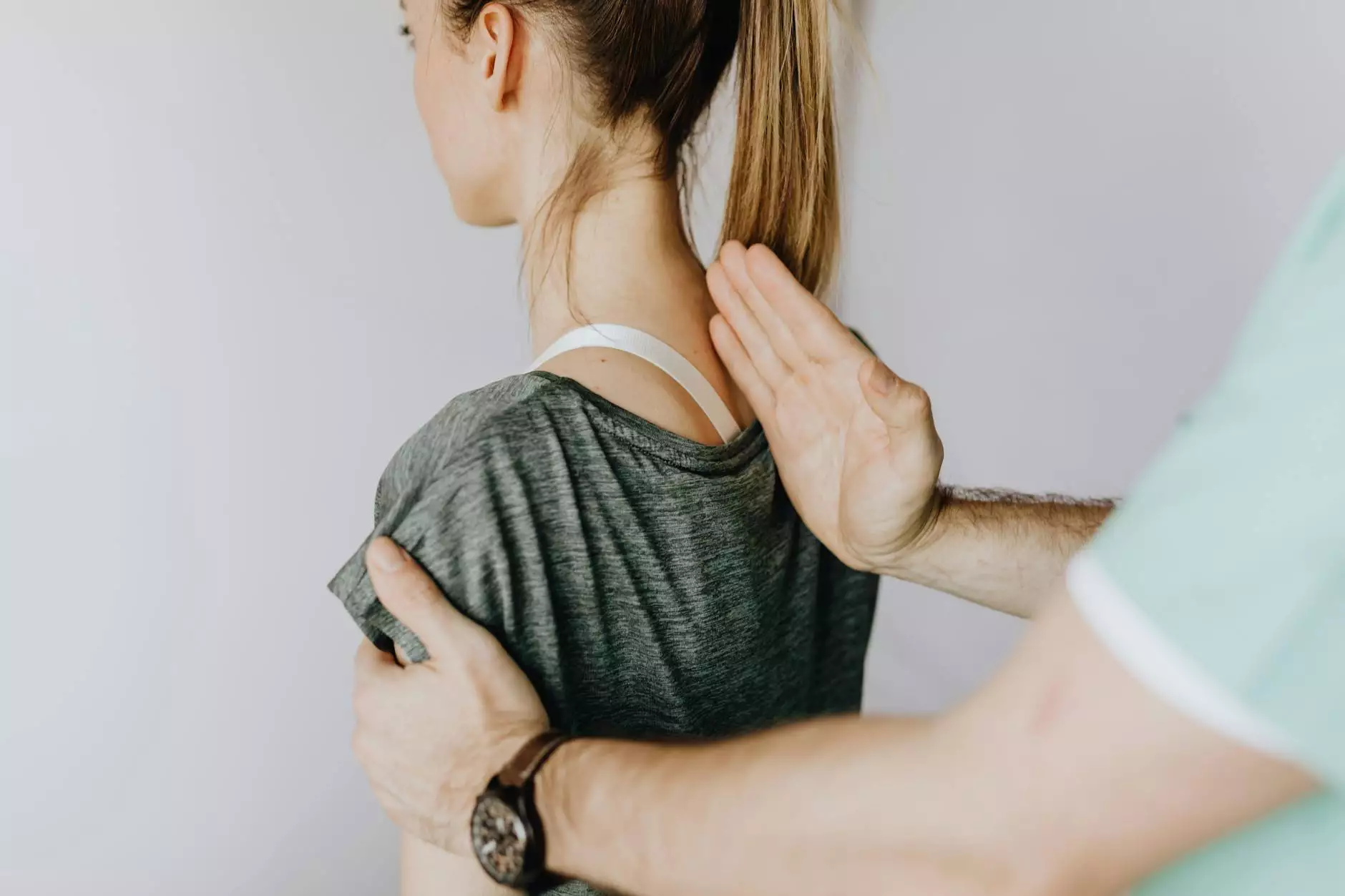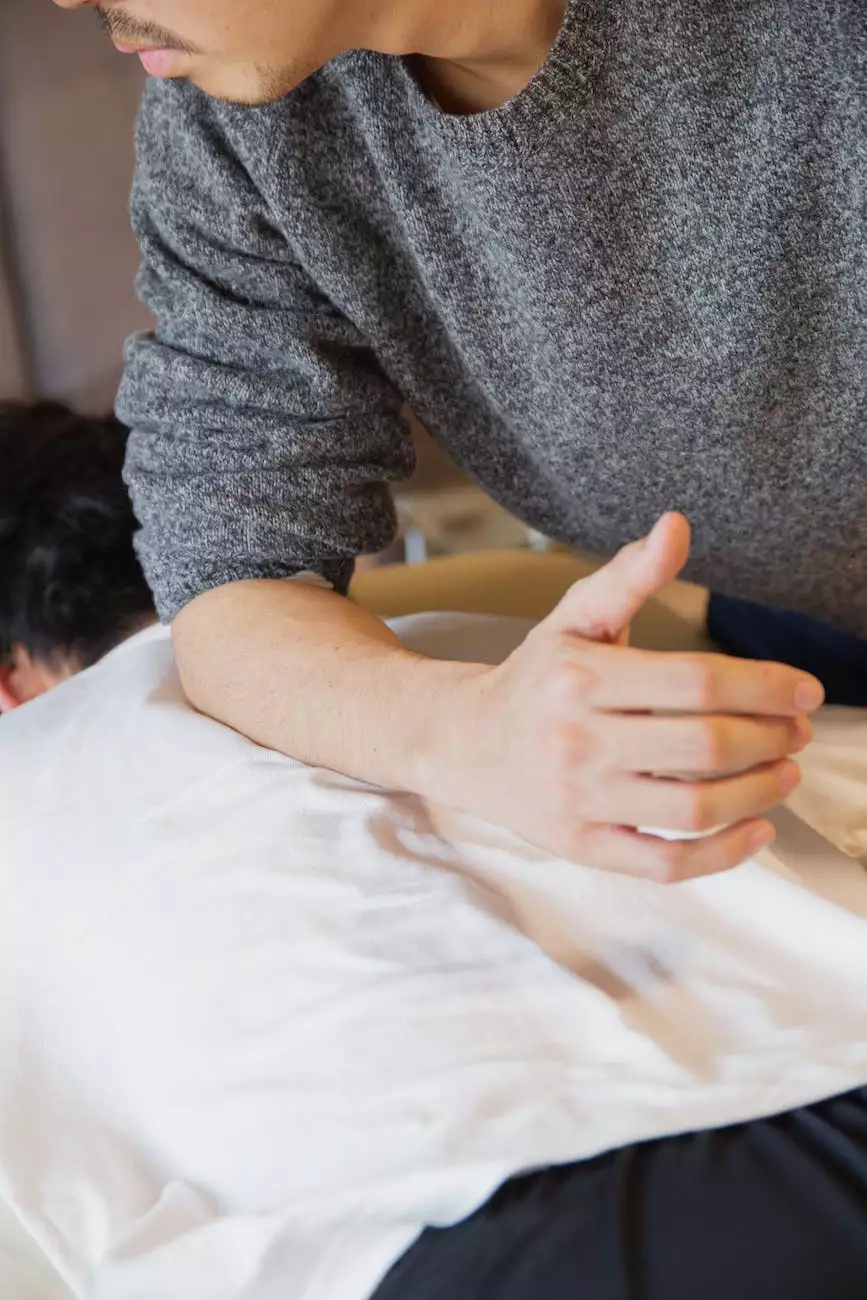How to Walk with Crutches After Hip Surgery

Introduction
Thank you for choosing Foley James D MD as your trusted healthcare provider. In this comprehensive guide, we will walk you through the process of using crutches after hip surgery. Our team of experts is committed to ensuring that your recovery is safe and effective.
Understanding Crutches
Crutches are mobility aids that provide support and stability while walking. They are commonly prescribed after hip surgery to help you move around safely and reduce weight-bearing on the affected hip. Proper technique and usage of crutches are essential for a successful recovery.
Getting Started with Crutches
Before using crutches, it is important to familiarize yourself with their different parts. This understanding will enhance your ability to use them effectively:
- Handgrips: These provide a firm and comfortable grip.
- Upper arm cuffs: These secure the crutches to your upper arms.
- Shafts: These are the main vertical bars of the crutches.
- Tips: The rubber tips provide traction and stability on the ground.
Now that you have familiarized yourself with the parts, let's move on to learning the proper technique for walking with crutches.
Walking Technique
Follow these step-by-step instructions to ensure a safe and effective walking technique:
Step 1: Proper Crutch Height
Adjust the height of your crutches so that there is approximately a two-finger gap between your armpits and the upper arm cuffs. The handgrips should be at your waist level.
Step 2: Weight Distribution
When standing, distribute your weight evenly between the crutches and your unaffected leg. Avoid placing weight on the affected leg to prevent any strain during the initial stages of your recovery.
Step 3: Starting to Walk
To take a step, move the crutches forward about one step's length. Lean forward slightly, relying on the crutches for support, and let your unaffected leg swing forward. Use your arms and shoulders to control the movement.
Step 4: Repeat the Process
Continue this pattern: crutches forward, lean forward, unaffected leg swings forward. Remember to take small steps initially and gradually increase your stride as you gain confidence and strength.
Step 5: Turning and Maneuvering
For turning, pivot on your unaffected leg while bearing weight on your crutches. Take small, controlled steps to maintain stability. When maneuvering through tight spaces, remember to take it slow and be cautious.
Step 6: Sitting Down and Standing Up
When sitting down, back up to the seat and use your hands to help lower yourself. To stand up, position yourself at the edge of the seat, lean forward, and push up from the seat using your arms and unaffected leg.
Tips for a Successful Recovery
Here are some additional tips to assist you during your recovery:
- Follow your doctor's instructions: It is crucial to adhere to any specific guidelines provided by your healthcare provider for a smooth recovery.
- Engage in rehabilitation exercises: Physical therapy exercises recommended by your healthcare provider will help strengthen your hip and aid in your overall recovery process.
- Take it slow: Be patient with yourself and avoid rushing your recovery. Gradually increase your activity level as recommended by your healthcare provider.
- Ensure balance and stability: Use handrails and grab bars for additional support when needed, especially while navigating stairs or uneven surfaces.
- Seek assistance if needed: If you are experiencing difficulty or have concerns with using crutches, do not hesitate to reach out to your healthcare provider for guidance and support.
In Conclusion
Walking with crutches after hip surgery requires proper technique and understanding. Foley James D MD is dedicated to providing you with the best care and support throughout your recovery journey. By following the steps outlined in this guide and considering our helpful tips, you can confidently navigate your way to a smooth and successful recovery.



